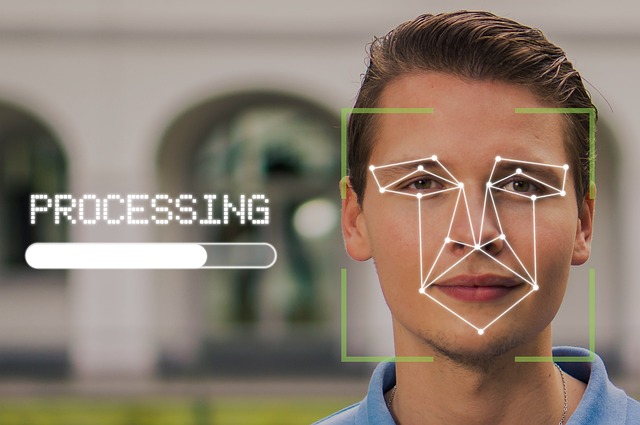
“Unlocking the Power of Databases: A Hardware Enthusiast’s Guide”
Unlocking the Power of Databases: A Hardware Enthusiast’s Guide
For anyone deeply rooted in the world of hardware, the word database might evoke images of massive server racks, humming processors, and blinking LEDs — the physical backbone that supports the digital pulse of our modern world. But beyond the bits and bytes, a database is the engine that drives complex computations, seamless data retrieval, and immersive user experiences. As a hardware enthusiast, understanding how databases interface with your powerful machines can unlock a whole new dimension of appreciation and mastery.
The Hardware-Database Symbiosis
At its core, a database is an organized collection of data, but its true performance potential is intrinsically tied to how robust and optimized the underlying hardware is. Whether you’re running a simple SQL server on your custom-built PC or managing a cluster of enterprise-grade SSDs in a data center, the hardware directly affects throughput, latency, concurrency, and reliability of your database operations.
Consider this: a lightning-fast CPU combined with high-speed NVMe storage can drastically reduce query times, allowing you to slice through complex data effortlessly. Conversely, outdated RAM or slow storage bottlenecks can severely handicap your database’s responsiveness, no matter how sophisticated its architecture.
Diving Deeper: Hardware Factors That Make a Difference
- Storage Type: Solid State Drives (SSDs) have revolutionized database performance. Their low latency and high IOPS (Input/Output Operations Per Second) enable databases to fetch and write data at unprecedented speeds.
- Memory (RAM): Since databases frequently cache data in memory to speed up access, ample high-speed RAM directly benefits query execution and reduces disk I/O.
- CPU Power: Multi-core processors enable databases to handle many concurrent queries, transactions, and background tasks without breaking a sweat.
- Network Infrastructure: For distributed databases, the networking gear must be high throughput and low latency to keep data synchronized across nodes.
Putting It All Together: Optimizing Your Hardware for Database Performance
Hardware enthusiasts love tinkering and squeezing every ounce of performance from their rigs. When it comes to databases, this passion pays dividends. Profiling and benchmarking your system’s I/O, memory usage, and CPU cycles during database operations will reveal potential bottlenecks.
Upgrading components like moving from SATA to NVMe SSDs, adding ECC RAM for stability, or deploying faster networking cards can transform the user experience from sluggish to snappy. Furthermore, specialized hardware like FPGAs and NVMe over Fabrics are emerging frontiers to explore for those who want to dive deeper into accelerating database workloads at a hardware level.
Why Hardware Enthusiasts Should Care About Databases
It’s not just about software skills — the thrill of harnessing hardware to tame vast data repositories is equally compelling. By bridging the gap between your hardware understanding and database technologies, you unlock the power to build systems that perform impeccably under demanding workloads.
Whether you’re a gamer running a local database to track mods, or a developer setting up a home lab with complex data storage needs, appreciating the hardware side of databases can elevate your projects and ignite your enthusiasm for both disciplines.



